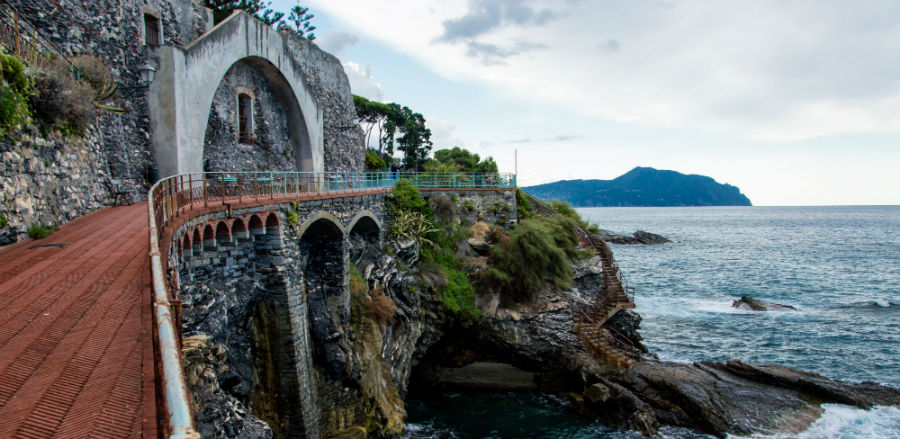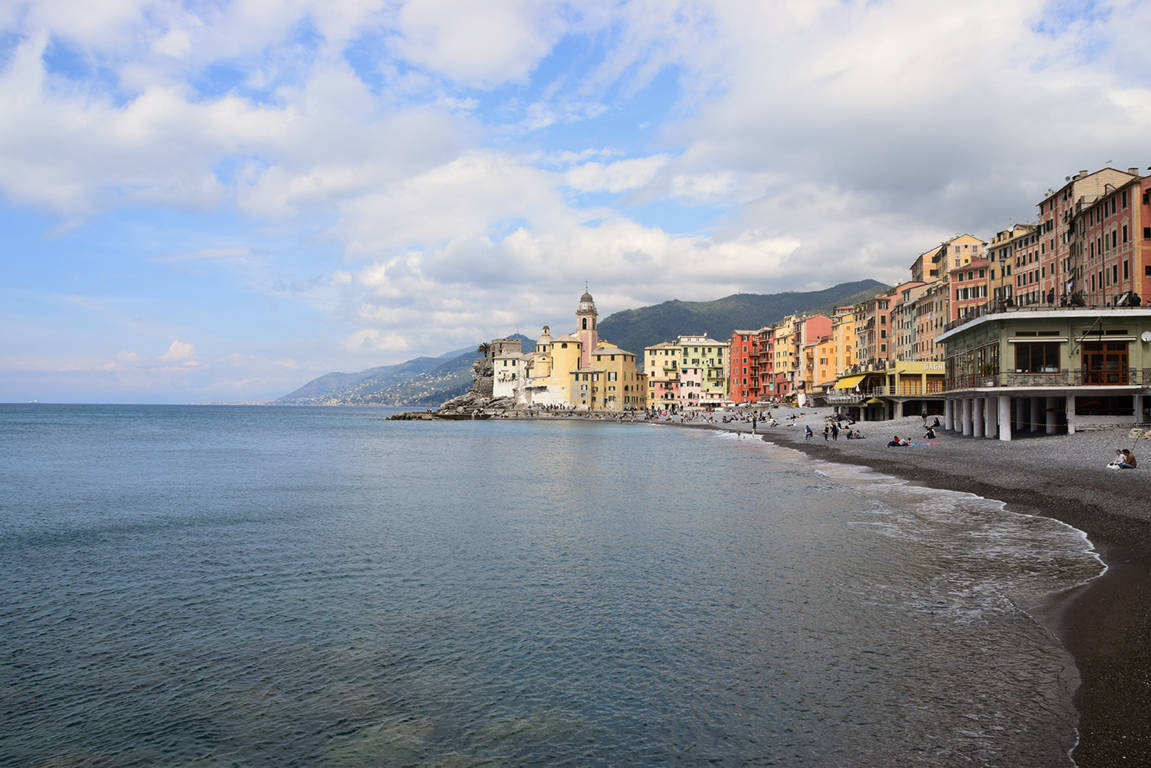the village of Nervi is situated at the extreme eastern suburbs of the capital of the genoese, features a marina, a long cliff on which was built the long promenade entitled to Anita Garibaldi. Here you will find the torre Gropallo (from the name of the Marquis Gaetano Gropallo that acquired it in the first half of the XIX century) also known as the "tower of hay", due to the wet hay that was burned on the upper part of the tower to produce smoke and signalling dangers. The construction of the tower is dating back to the half of the sixteenth century. The castle of Nervi was built to protect the port, current marina on the mouth of the river nerves, where begins the sea promenade Anita Garibaldi. The hills near the sea guarantee to Nervi a climate particularly pleasant, especially in the months traditionally more rigid.
The origin of the locality you must to a colony of Celts who settled there. The hypothesis is confirmed by the motto "NEAR AV INN" present on the Nerviese coat of arms, that would mean "place near the sea" and whose storpiatura later gave rise to the current name.
The village of Capolungo is a locality of Nervi, located at the extreme eastern offshoot of the Municipality of Genoa, of which they are a part of the old train station of "Sant'Ilario", cited by Fabrizio De André in the famous song "Bocca di rosa", a stopover for boats with pebbled beach attached, and the beginning of the walk of nerves "Anita Garibaldi", which leads to the marina of Nervi and passing along by the sea. Capolungo was long half of wealthy tourists, especially provienienti from North East Europe and Russia who came to spend the winter on the Ligurian coast during the coldest periods of the year and also to treat tuberculosis, hoping in the influences of the sea air rich in iodine.
At the completion of the beauties of landscape and architectural, Nervi offers an important and rich Museum network hosted, in most, in ancient villas that are located in the historic parks of the village. Visitors can, in the arc of about a kilometer, appreciate the magnificent collections of modern and contemporary art of the city of Genoa that there are exposed - paintings, sculptures, graphic, furniture and decorative arts - , in addition to the dwelling-museum of Villa Luxoro with important art objects from ancient times.







